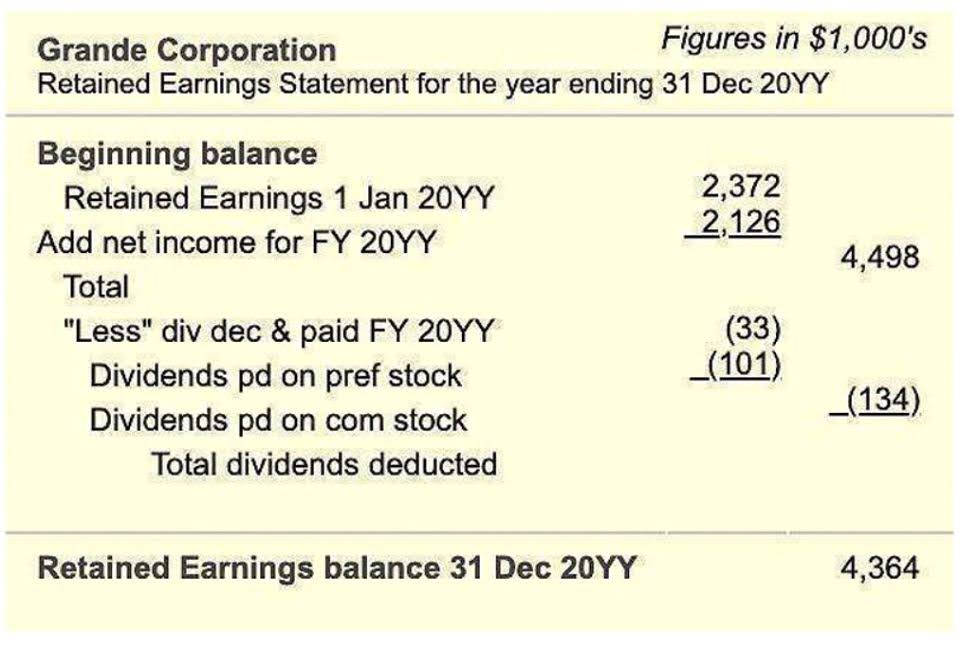
On the other hand, in industries with few competitors or high barriers to entry, companies retained earnings might not face the same pressure, which could result in lower asset turnover figures. Interpreting the asset turnover ratio requires a nuanced approach, as the figure alone does not paint a complete picture of a company’s performance. Analysts must consider the context within which the company operates, including market conditions and the lifecycle stage of the business.
- The Asset Turnover Ratio is calculated by dividing a company’s Net Sales by its Average Total Assets.
- Nonetheless, generally, an asset turnover ratio result that is higher than those in the same industry would be interpreted as the company being better at moving products to generate revenue.
- The fixed assets turnover ratio is a metric that explicitly assesses the effectiveness of a company in utilising its fixed assets, such as property, plants, and equipment, to generate sales.
- Fixed assets are things the company owns that are not as easily turned into cash.
Why are efficiency ratios important to investors?
- This would involve finding out what a typical asset turnover ratio is for a business of your size in your industry.
- Let’s consider a fictional company, ABC Corp, with net sales of $1,000,000 and average total assets of $500,000.
- Thomas J Catalano is a CFP and Registered Investment Adviser with the state of South Carolina, where he launched his own financial advisory firm in 2018.
- Businesses can harness the power of Asset Turnover in strategic planning by using it as a compass for operations.
The asset turnover ratio is a measurement that shows how efficiently a company is using its owned resources to generate revenue or sales. The ratio compares the company’s gross revenue to the average total number of assets to reveal how many sales were generated from every dollar of company assets. The higher the asset ratio, the more efficient the use of the company’s assets. While Asset Turnover is like a panoramic snapshot of asset efficiency, its variations offer focused lenses.

Benchmarking your business’s asset turnover ratio

Improving the asset turnover ratio often requires strategic decisions to optimize sales and asset utilization. Calculating the total asset turnover ratio is a straightforward process that provides valuable insights into a company’s efficiency in using its assets to generate Accounting Security sales. The total asset turnover ratio can be calculated by dividing the total annual sales by the average value of assets. For instance, if the total annual sales are £200,000, the total asset turnover ratio is £200,000 / £135,000 ≈ 1.5.

Company
Irrespective of whether the total or fixed variation is used, the asset turnover ratio is not practical as a standalone metric without a point of reference. Let’s do the calculation to determine the asset turnover ratio for both companies. Therefore, for every dollar in total assets, Company A generated $1.5565 in sales. For instance, asset turnover ratio it could also indicate that a company is not investing enough in its assets, which might impact its future growth.
For example, provide store credit instead of refunds, or consider offering new products or service lines that don’t require new assets. That way, you can generate new revenue streams without making significant investments. Having access to other businesses’ financial statements would allow you to calculate their ratios yourself, but that’s going to be tricky unless your competitors are public companies. Therefore, in interpreting the Asset Turnover Ratio, it’s crucial to consider the context, including the nature of the company’s operations, its growth stage, and industry standards. This ratio should not be used in isolation but in conjunction with other financial metrics to gain a holistic view of a company’s financial health.



